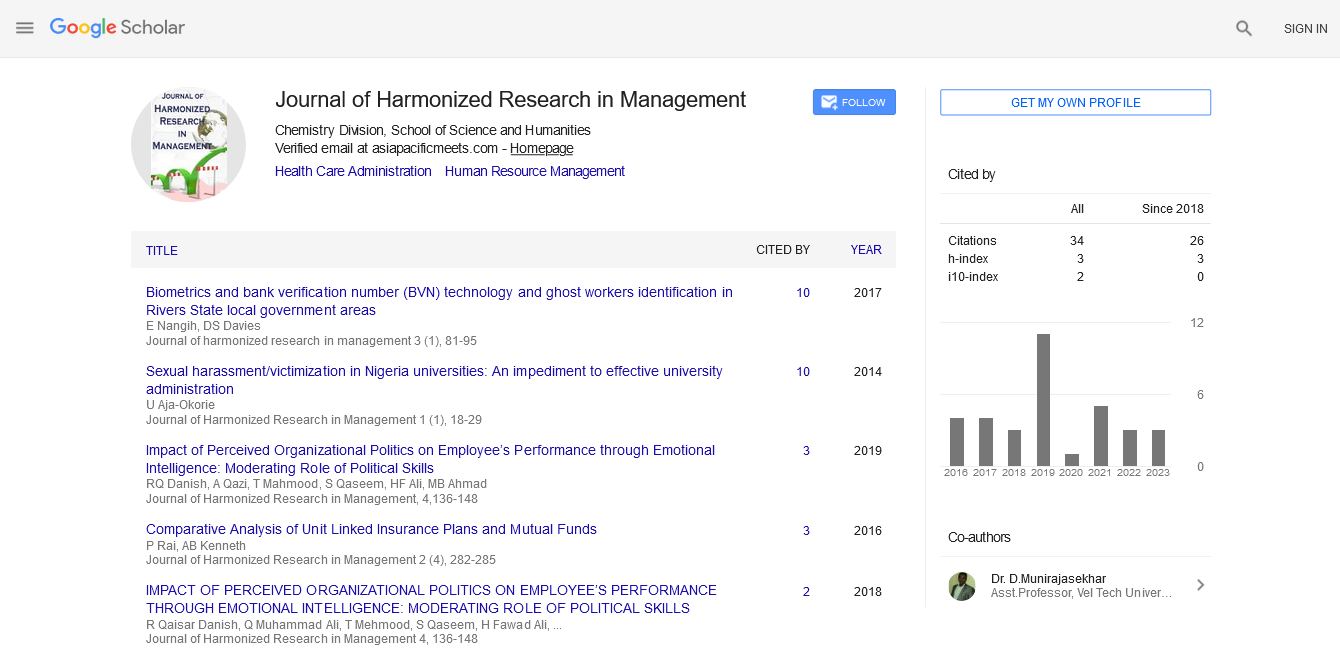CHILD MORTALITY RATES IN ASIA
Abstract
Author(s): Jayadevan CM
5.9 million Children under the age of 5 died in 2015. More than half of these early child deaths are due to conditions that could be prevented or treated with access to simple, affordable interventions. Leading causes of death in under-5 children are preterm birth complications, pneumonia,birth asphyxia, diarrhoea and malaria. About 45% of all child deaths are linked to malnutrition.The main purpose of this paper is to analyze the variation in averageunder-5 child mortality rates among the countries of Asia on the basis of available statistical data for the period 1995-2013 and shed some light for under-5 child mortality rate management. Using the linear discriminant function analysis technique, the study has shown that significant discriminating factors responsible for the variation in child mortality rate are GDP per capita, access to the improved water and sanitation, number of physicians, and number of nurses and midwifery persons. Multinomial logistic regression shows the variables like immunization rate, general government health expenditure , number of physicians per 10,000 population, number of hospital beds per 10,000 population, access to improved water and sanitation are significant negatively for categories 2 and 3 indicating that increasing the value of these predictors is associated with decreased odds of achieving lower under-5 child mortality.

Google Scholar citation report
Citations : 92
Journal of Harmonized Research in Management received 92 citations as per google scholar report









